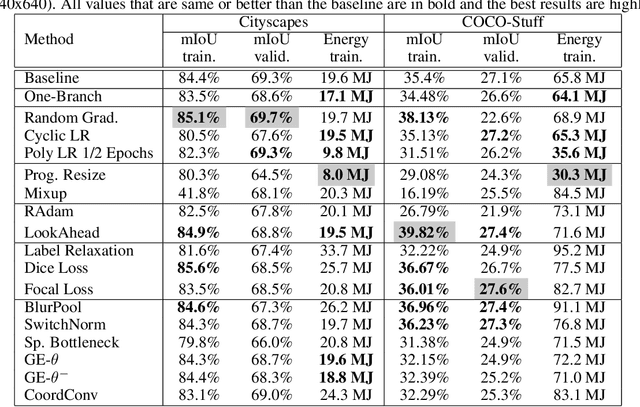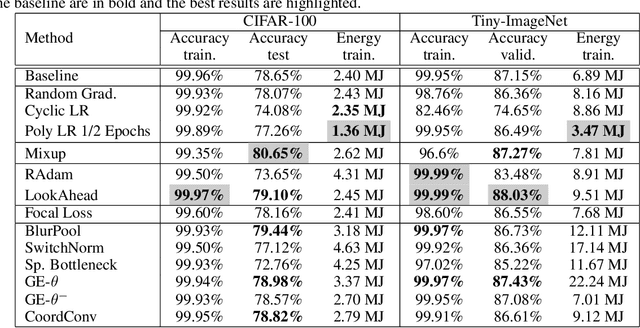Highlighting the Importance of Reducing Research Bias and Carbon Emissions in CNNs
Paper and Code
Jun 06, 2021



Convolutional neural networks (CNNs) have become commonplace in addressing major challenges in computer vision. Researchers are not only coming up with new CNN architectures but are also researching different techniques to improve the performance of existing architectures. However, there is a tendency to over-emphasize performance improvement while neglecting certain important variables such as simplicity, versatility, the fairness of comparisons, and energy efficiency. Overlooking these variables in architectural design and evaluation has led to research bias and a significantly negative environmental impact. Furthermore, this can undermine the positive impact of research in using deep learning models to tackle climate change. Here, we perform an extensive and fair empirical study of a number of proposed techniques to gauge the utility of each technique for segmentation and classification. Our findings restate the importance of favoring simplicity over complexity in model design (Occam's Razor). Furthermore, our results indicate that simple standardized practices can lead to a significant reduction in environmental impact with little drop in performance. We highlight that there is a need to rethink the design and evaluation of CNNs to alleviate the issue of research bias and carbon emissions.
 Add to Chrome
Add to Chrome Add to Firefox
Add to Firefox Add to Edge
Add to Edge